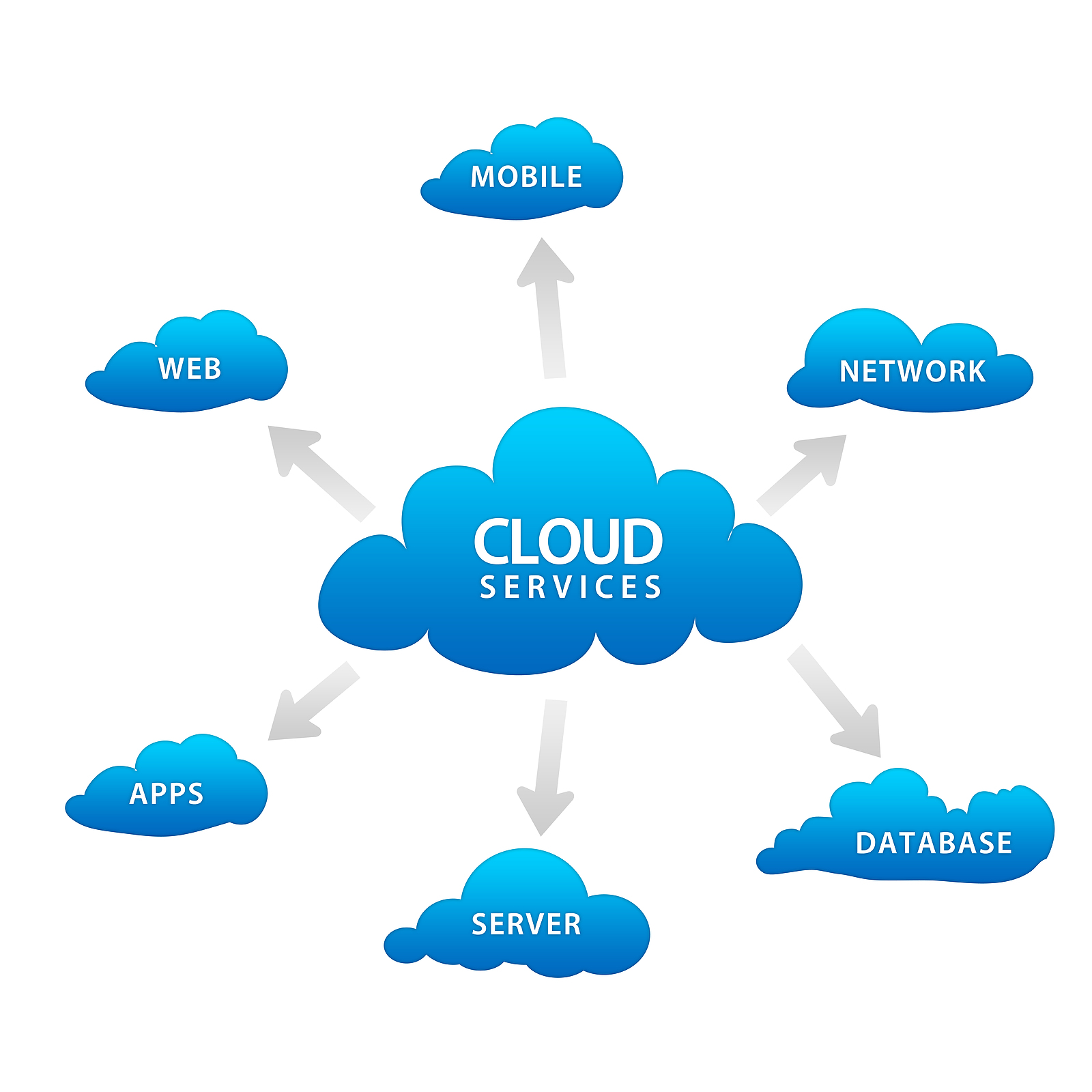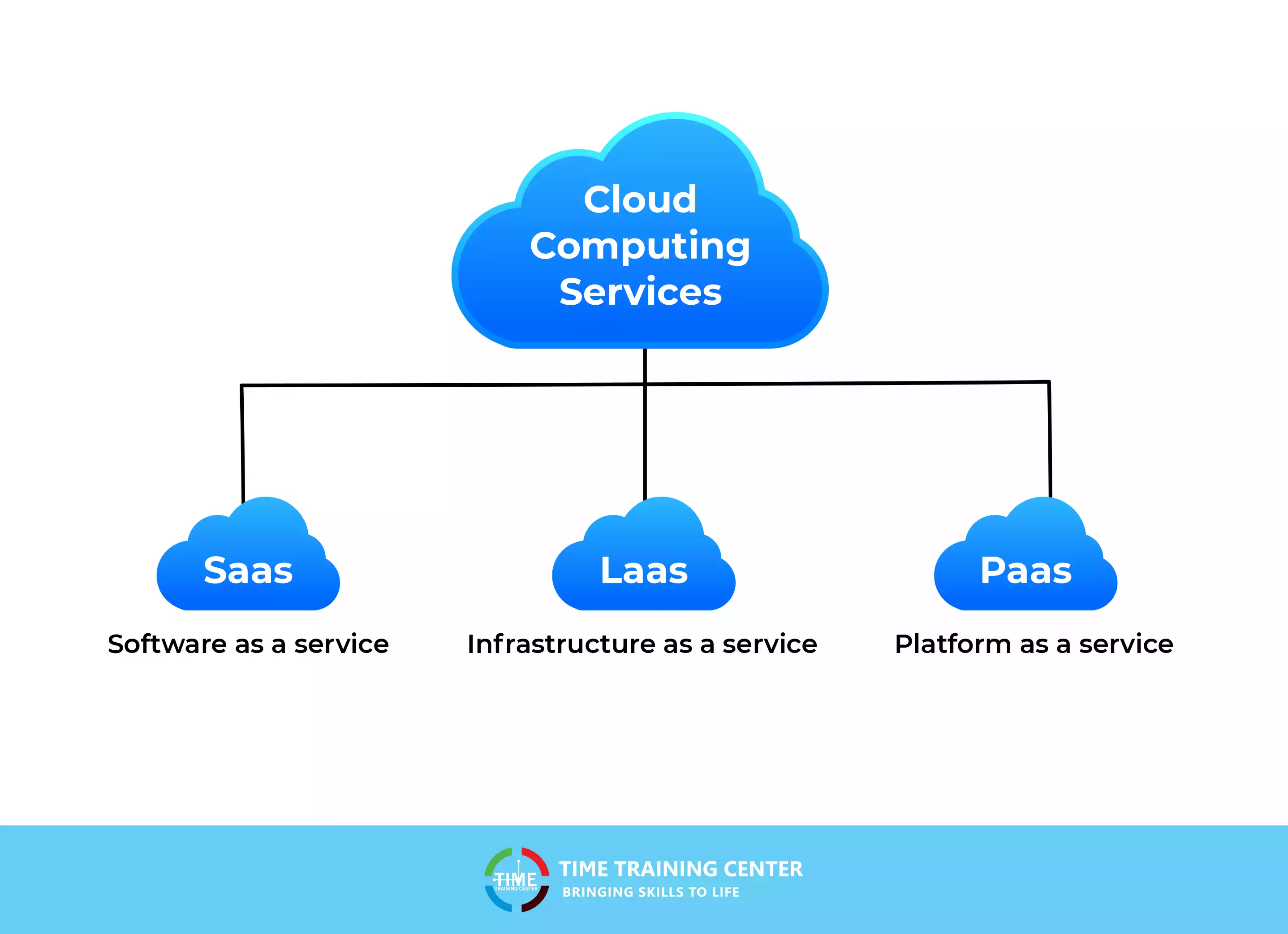Drive Technology: Harnessing the Power of Cloud Solutions
In the fast-paced landscape of contemporary company, harnessing the power of cloud solutions has become an essential component for companies aiming to drive innovation and maintain an affordable edge. The capability to range resources dynamically, adopt cutting-edge innovations perfectly, and enhance advancement processes effectively can significantly impact a company's ability to adapt and innovate. As we explore the elaborate relationship between cloud solutions and development, interesting insights on how cloud solutions change standard business techniques and lead the way for groundbreaking improvements will certainly be revealed.
Advantages of Cloud Solutions
Cloud solutions provide various benefits to businesses and individuals seeking adaptable and effective options for their electronic needs. Among the essential advantages of utilizing cloud solutions is the cost-effectiveness they provide. By moving to the cloud, companies can remove the need for expensive on-premises equipment and upkeep expenses, rather selecting a pay-as-you-go version that aligns with usage. This scalability enables organizations to adjust sources based upon demand, resulting in optimum price administration.
Moreover, cloud solutions improve availability and partnership amongst groups. With information kept in the cloud, workers can securely access files and applications from anywhere with a web connection, advertising remote work capacities and improving efficiency. Real-time collaboration features enable multiple users to work with documents concurrently, promoting smooth synergy despite physical place.
Another advantage of cloud services is the enhanced information security and disaster healing they offer. Cloud companies implement innovative safety measures to protect data from cyber dangers, making sure compliance with sector laws. Additionally, automated backups and healing remedies decrease the threat of information loss because of unanticipated events, offering satisfaction to customers.
Cloud Migration Strategies
Transitioning to shadow solutions involves thorough preparation and calculated execution to guarantee a reliable and smooth migration procedure. There are numerous cloud migration strategies that companies can consider when moving their procedures to the cloud. One common method is the 'Rehost' method, where applications are lifted and shifted to the cloud with very little changes. This method fasts however might not completely enhance cloud benefits. The 'Replatform' technique involves making some cloud optimizations during movement, such as upgrading the application design to benefit from cloud-native features. Cloud Services. For a more comprehensive improvement, the 'Refactor' approach involves rearchitecting applications to be cloud-native, boosting scalability and efficiency. Additionally, the 'Repurchase' strategy entails replacing existing software application with cloud-based options, while the 'Retire' approach includes decommissioning repetitive applications. Choosing the appropriate migration approach depends upon variables like expense, timeline, and preferred end results, requiring a careful evaluation of each choice's obstacles and benefits.
Enhancing Cooperation in the Cloud
Enhancing team cooperation through cloud-based tools can dramatically increase efficiency and enhance communication within organizations. By why not try these out leveraging cloud solutions, teams can work together effortlessly no matter of their physical locations, making it possible for real-time partnership on jobs.

Safety Considerations for Cloud Adoption
How can organizations ensure the durable protection of their data when taking on cloud services? Security considerations are vital in the fostering of cloud services. Normal protection audits and tracking of the cloud environment help in discovering and alleviating any safety and security breaches quickly.

Cloud-Native Innovation Practices
In the world of cloud computer, welcoming cloud-native development methods is crucial for organizations striving to optimize their electronic infrastructure and improve operational performance. Cloud-native innovation methods include creating applications especially for cloud atmospheres, leveraging the scalability, adaptability, and dexterity that cloud solutions offer. By designing applications with cloud-native concepts in mind, such as microservices architecture, containerization, and orchestration, organizations can streamline their advancement processes, boost resource utilization, and react better to changing market demands.
In addition, cloud-native advancement practices advertise constant integration and continual delivery (CI/CD) pipelines, allowing automated testing, deployment, and monitoring of applications. This iterative technique promotes faster advancement cycles and boosts general software program top quality. Furthermore, making use of serverless computer and handled solutions enables organizations to concentrate on creating core organization performances while offloading framework monitoring jobs to cloud solution providers.
In essence, embracing cloud-native innovation techniques equips organizations to drive innovation, accelerate time-to-market, and remain competitive in today's quickly progressing electronic landscape.
Final Thought

As we discover the complex partnership in between cloud solutions and development, interesting insights on just how cloud remedies reinvent traditional service practices and pave the means for groundbreaking advancements will my sources be revealed. - Cloud Services
There are several cloud movement techniques that organizations can think about when moving their procedures to the cloud. Cloud-native technology techniques include establishing applications especially for cloud environments, leveraging the scalability, flexibility, and agility that cloud services offer. Additionally, the usage of serverless computing and managed services enables organizations to concentrate on creating core company functionalities while unloading infrastructure monitoring tasks to cloud solution carriers.
It is crucial for firms to take into consideration cloud movement approaches, boost partnership in the cloud, and focus on protection steps to ensure effective adoption of cloud services and drive advancement within their organization.